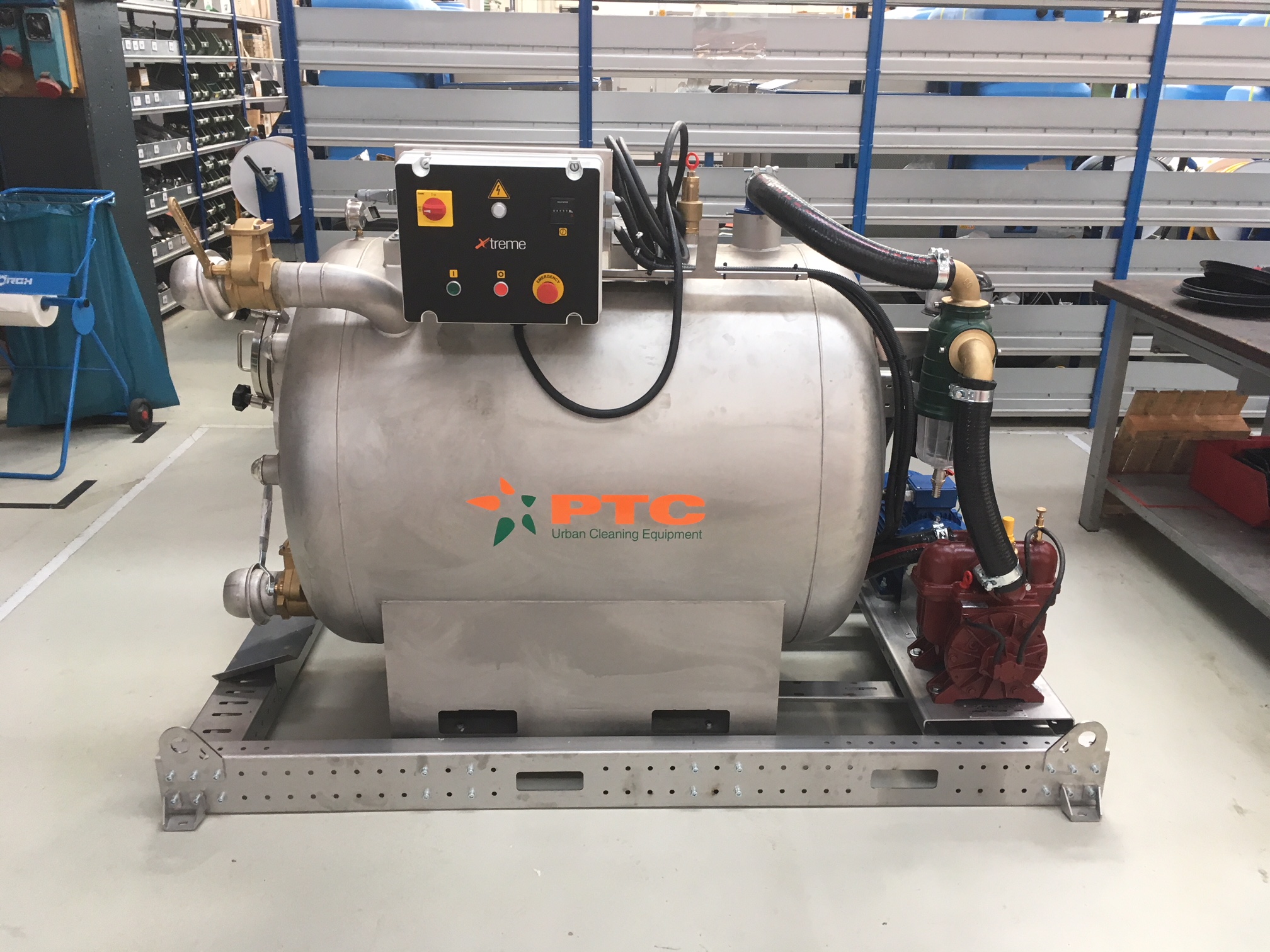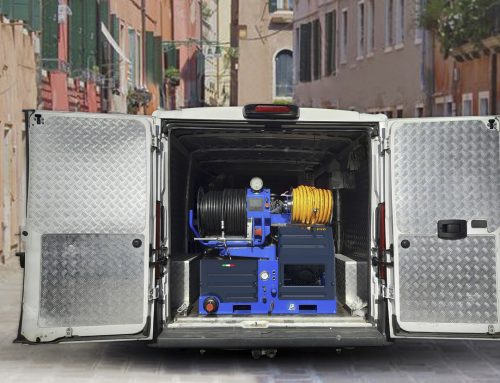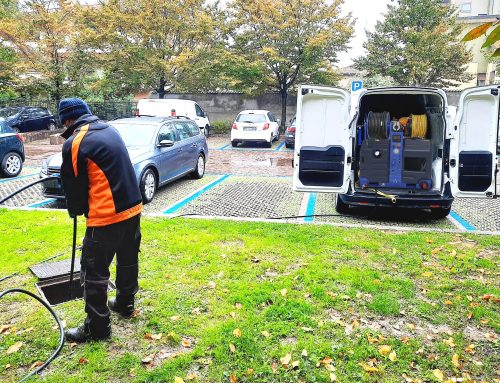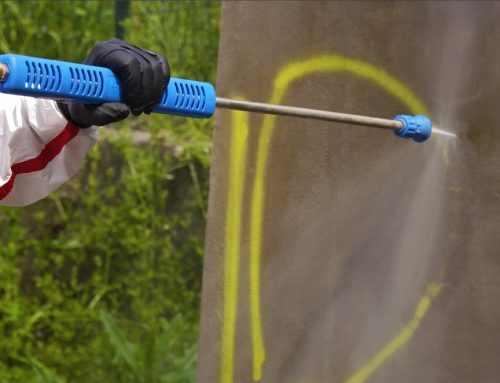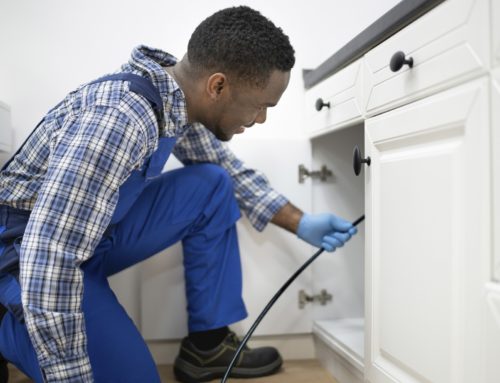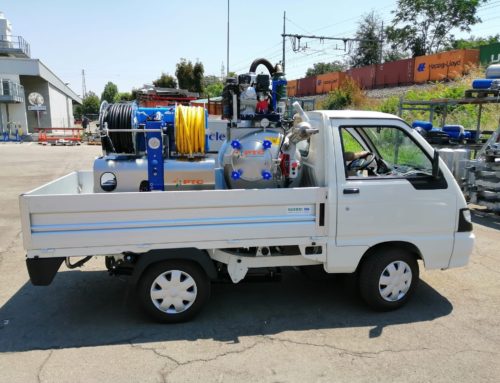All human activities, domestic, agricultural or industrial produce wastewater. These contain organic and inorganic substances that can damage the environment.
Before releasing them into the ground or into the sea, they must be subjected to a cleaning treatment, because their pollutants are greater than the self-purifying capacities of the natural organisms in which they converge.
Given the high degree of pollution present in waste water, Italian and EU law requires the use of purification systems to keep surface and deep water resources in good conditions.
Environmental regulations promote “the quality of human life to be achieved through the safeguarding and improvement of environmental conditions and the prudent and rational use of natural resources”.
For this reason, the effect of purification treatments is similar to biological processes that take place naturally, but thanks to the technology used, they occur more quickly.
They are normally divided into two phases:
1) Priming mud and waste water;
2) Emptying pipelines.
Cleaning pipes with the compact and combined suction units
The emptying operation is performed by qualified personnel using a specific equipment, called Vacuum unit.
The Vortex PTC are compact vacuum units that are easily transportable and can be installed on roll-off platforms or on trucks, without modifying the vehicle.
They consist in:
– Professional vane vacuum pumps
– Watertight stainless steel tank
– High pressure washing system in the combined version
The suction pump compresses the air creating the effect of the vacuum inside the tank. The movement of the vanes allows the suction of the material by opening the loading valve.
To empty the pipes, the pipe must be inserted into the system to be emptied so that the pressure absorbs the sewage and is primed into the tanks.
Vacuum units are used to extract these materials which make the water unusable.
The sewage deposited in the machinery tank is subsequently drained.
The watertightness of the tanks prevents the escape of liquids or vapors during transport.
Combined units
The PTC combined Vacuum units are equipped with high pressure washing pumps (can reach up to 200 bar), necessary to remove residues without damaging the structural part of the pipes. The water comes out of a nozzle that cleans the inside of the pipes from encrustations, rust and sediments.
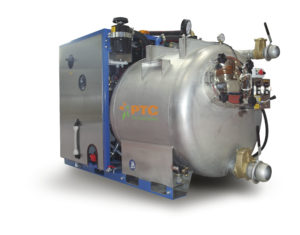
Sectors of use
To ensure the proper functioning of the sewage network, urban cleaning activities are a best practice to be carried out regularly. Keeping pipes, wells and drains constantly in good condition prevents clogging, foul odors or sewage loss.
The legislation on environmental protection defines and divides the areas in which to carry out cleaning and maintenance. Let’s see in detail what they are:
– Domestic: this category includes waste water originating from residential settlements. These are substances that derive from human waste that comes from the public, private and service sectors. These are activities generated by homes, condominiums, hotels, schools, barracks, offices, shops and bars.
– Industrial: this class includes waste water produced by structures that perform a commercial or production function. Purification operations concern those that come into contact with non-hazardous polluting substances or materials related to the operation of the plant.
– Urban: relating to waste water that flows into both domestic and industrial sewage networks.
Our compact and combined vacuum units are very versatile equipment. This feature makes them perfect both for cleaning activities in the sectors established by the legislation and for other types of services.
A field of application in which PTC Vacuum machines can be used is the catering or food industry, for the disposal of used oils.
The Italian law decrees that anyone who holds these oils and fats of vegetable or animal origin is obliged to give them to CONOE, the consortium responsible for their collection, transport and storage, or to deliver them to an authorized intermediary.
Restaurants and food industries must follow a procedure for the correct disposal of oils which involves storage in special tanks.
Once the silos are filled, the staff can empty the material that passes from the container owned by the food industry to the tank of the suction unit.

